Trying Earth Turf lawn seed
whisperingeye
14 years ago
Featured Answer
Sort by:Oldest
Comments (11)
whisperingeye
14 years agoRelated Discussions
Selling my house soon, want to fill in lawn - should I seed Rye?
Comments (6)They are heading into the fall, so rye will be good for a few months. It will sell by then, and then the property owner can figure out what they want to do with the lawn. Applying gypsum will help unlock the salts from the dog urine that damaged your yard. You'll have to keep them off of the yard if you want it to look good. A perennial ryegrass will look much better and last longer into the spring as compared to annual ryegrass. It also won't grow as fast. My vote is for a blend of perennial ryegrass....See MoreTrying to take care of a neglected lawn(long story, sorry)
Comments (0)Hello everyone. This site is so much help. I have a few questions and concerns. Sorry this is so long, just want to make sure you guys have the info to access my problem. I just bought a new home march of this year that has been empty for two years. The only thing that was done to the yard over that time was someone cut the grass. Don't know how often thou. The grass that I have is a Bermuda hybrid I believe. It was rolled out in sod. I posted some pics of seed heads that have poped up over the last month and someone on here told me I have common mixed in with it. I have seen common Bermuda seed heads and they look tall and have 4 prongs. Mine are short and have 3 prongs. I hope he was wrong and my tifway is making seed heads because it is really stressed which can happen I read. The grass took all the way to mid may before it almost completely greened up. After it greened up I core aerated it all over good because I have water pooling in serveral places. After that I fertilized my yard for the first time. I went to cardinal chemical and the "turf pro" recommended I put out two 50 lbs bag of 24-5-11. I have around 20,000 sq ft. of yard approximately. He also gave me some triplet to get rid of this weed poping up all over my yard. Told me to mix one oz to a gallon on it. After about a week went by I noticed burn spots around the yard. Guess I didn't run the sprinklers long enough after I put out the fertilizer. I also have a lot of weeds poping up now from aerating it. I read weed b gone max was good and sprayed yard with hose end sprayer. Now my yard has faded in color(from weed b gone)and has spots from fertilizer burn and the places I sprayed the triplet has turned that grass light brown too. All I want is a deep dark green thick lawn. I go back two days ago to get more fertilizer and pro gives me two 50 lbs bags of 24-5-11 again. I have been cutting grass around 1 1/4 - 1 1/2 because I have quite a few lumps around my lawn and I have scalped it in several places. Those spots aren't green also :( I have a ant problem in my yard. They are making mounds all over the yard. Makes my grass problem worse. I was wanting to lay out sand next week to level my yard but I'm scard if I do that it will further hurt my lawn. I don't know what to do at this point other than just wait. Should I hold off till next year for the leveling job? What is a good way to get rid of my ant problem. I think they are fire ants. What can I do to get my lawn green? Any tips and pointers you can give me? What are some of the things you would do to get this yard looking good. I have the Bermuda bible and plan on following it. I appreciate y'all's help. Thanks. Eric. My yard Another view of my yard. See it's not green. Closer shot of the brown areas One of the places I sprayed triplet to kill this type of weed poping up overt lawn. Close up of how I wish all my grass looked like. Seed head of what I hope is just stressed hybrid. Confirm this If you can....See MoreHelp needed on trying to start a new lawn now
Comments (7)Although I respect the advice already given, my suggestions will differ. First of all you don't need a slit seeder on prepared soil. That machine would work better on established turf you wanted to overseed. Secondly I would agree that seed must be of the highest quality. You should look at the package to be sure you have 0.00 weed and 0.00 other crop. After you spread the seed, you need to roll the seed down with a water fillable roller. Rent this tool. This will only press the seed and soil together. This is important because it is the soil that retains moisture needed for germination. If you do that I would not use the straw. Straw is too easy to over use. In addition to holding moisture, it might smother the seedlings. Rolling should be enough. An alternative to seeding is sodding. Alternatives to an acre of grass include flower beds, rose garden, zen rock garden, gazebos, arbors, groves, barbecue, patio, deck, paved or unpaved pathways, statuary, hedges, out buildings, etc. These will break up the otherwise uninteresting view over the lawn. The also reduce your lawn maintenance....See MoreWhat to do with Turf Type Tall Fescue (TTF) in my lawn?
Comments (11)Its Tall fescue, and it would actually make a nice lawn if it was re-seeded with more tttf..... Its kind of "hit and miss" with seed from big box stores. Stay away from Scotts, Vigoro, Pennington and Lowe's brand -(Sta-green) Most products by Barenbrug are pretty good - including their tttf blend- 'Water Saver'........which is available at some retail outlets. Barenbrug does sell some cheap , common type grasses, but its obvious and out front. The other brands mentioned - hide sub par types in their blends , and you can't tell until the lawn is established , and you start noticing weedy off type grasses in your lawn....See MoreGeorge Three LLC
14 years agolucretia1
14 years agowhisperingeye
14 years agoGeorge Three LLC
14 years agocascadians
14 years agolucretia1
14 years agoGeorge Three LLC
14 years agocascadians
14 years agoKristin Ames
5 years ago
Related Stories
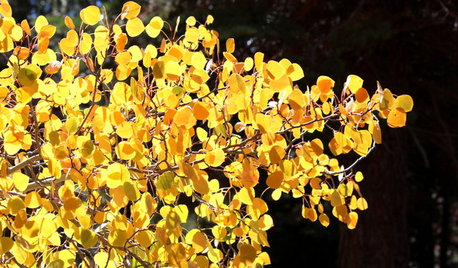
LANDSCAPE DESIGNGreat Design Plant: Quaking Aspen for 3-Season Beauty — on Its Own Turf
It offers bright fall foliage, snowy winter bark and lush green leaves in summer. Just don't try to plant quaking aspen away from its home
Full Story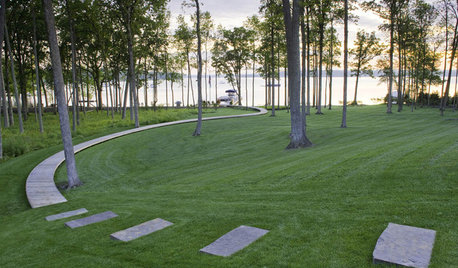
GARDENING GUIDESGive Your Turf the Fall Tune-up It Deserves
Treat your battered lawn to a little TLC this fall, and it will reward you with lush, healthy grass come spring
Full Story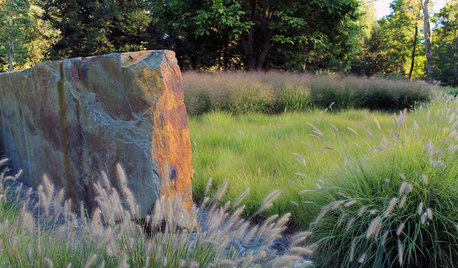
EARTH DAYThe Case for Losing the Traditional Lawn
Work less, help the environment and foster connections by just saying no to typical turf
Full Story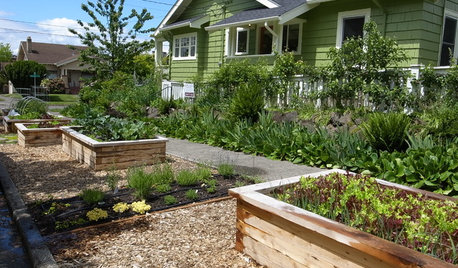
BEFORE AND AFTERSSee 6 Yards Transformed by Losing Their Lawns
Wondering whether a turf lawn is the best use of your outdoor space? These homeowners did, and they found creative alternatives
Full Story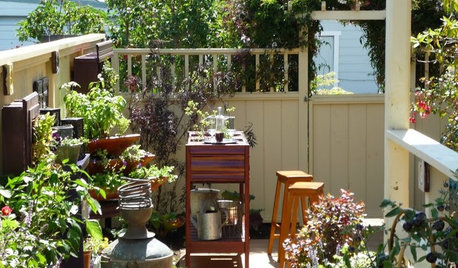
GARDENING GUIDES15 Ideas to Try in Your Garden This Year
These gardening stories were tops among Houzz readers. Which ideas might you try this year?
Full Story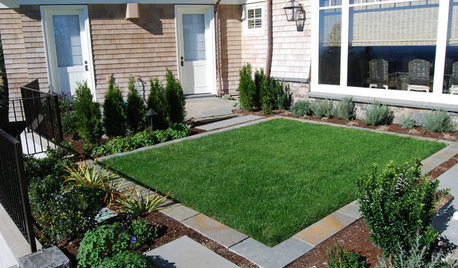
GARDENING GUIDESHow to Prep Your Ground for a Healthy New Lawn
Seed or sod that falls on weedy, lumpy soil is a wasted effort. Follow these steps to ensure that your new lawn will thrive
Full Story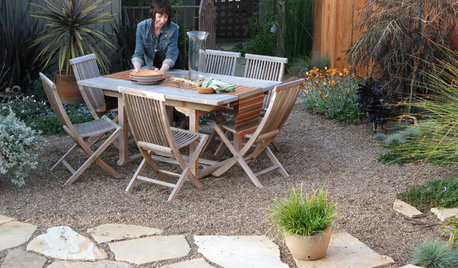
LANDSCAPE DESIGN15 Great Ideas for a Lawn-Free Yard
End the turf war for good with hardscaping, native grasses and ground covers that save water and are easier to maintain
Full Story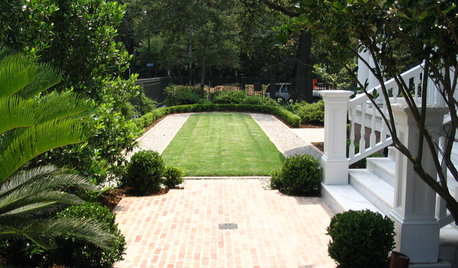
GARDENING GUIDESHow to Plant a New Lawn From Sod
Take the quick-start route to turf with sod; these installation guidelines will help ensure a healthy and long-lasting lawn
Full Story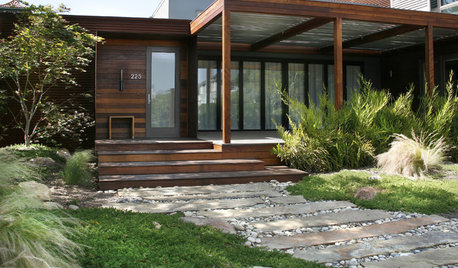
LANDSCAPE DESIGN7 Low-Maintenance Lawn Alternatives
Turf isn't the only ground cover in town. Get a lush no-grass lawn with clover, moss and other easy-care plants
Full Story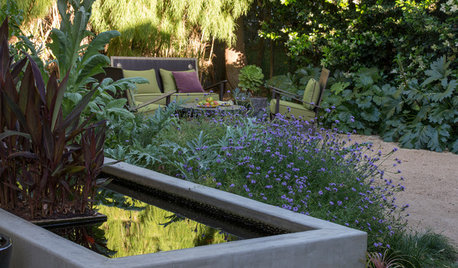
SAVING WATERHouzz Call: Are You Letting Go of Your Lawn?
Many facing a drought are swapping turf for less thirsty plantings. If you’re one of them, we’d like to hear about it
Full Story


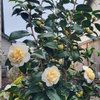
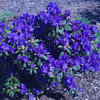
George Three LLC